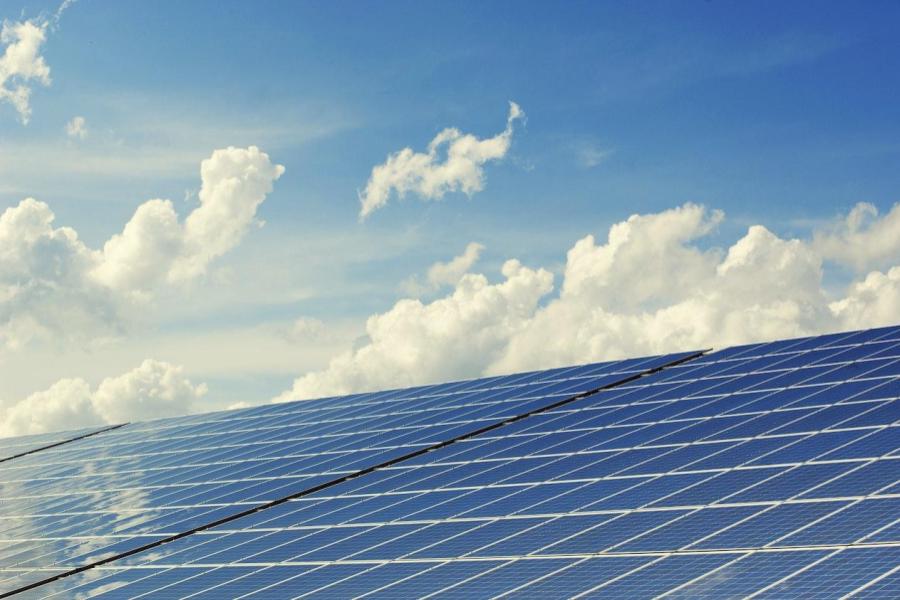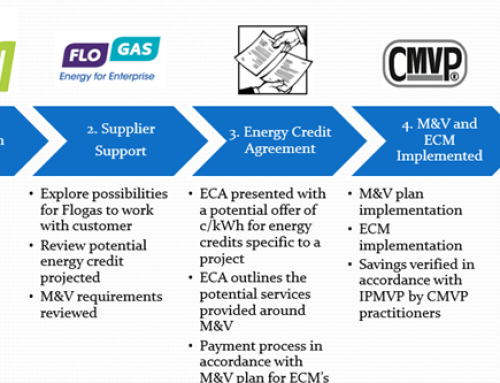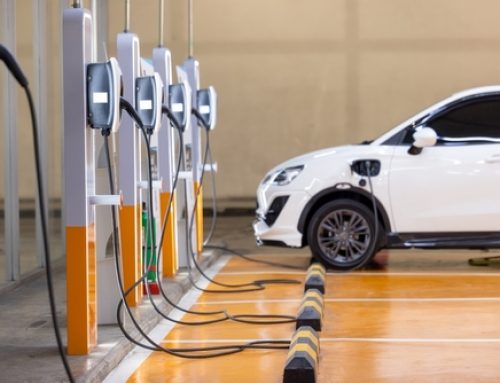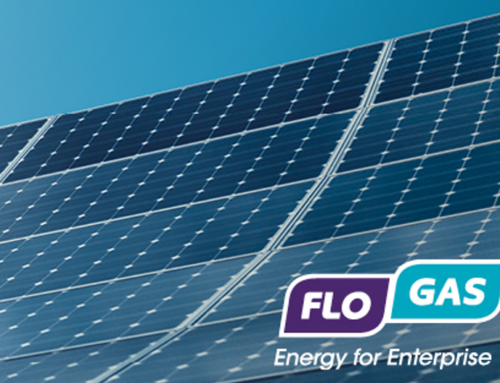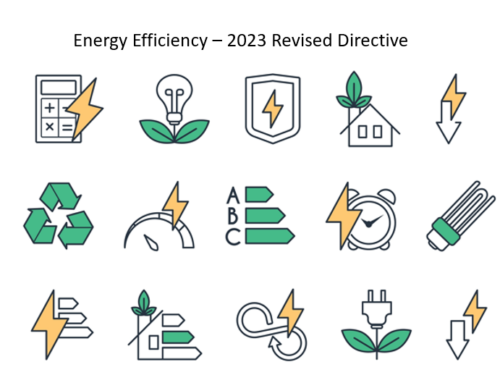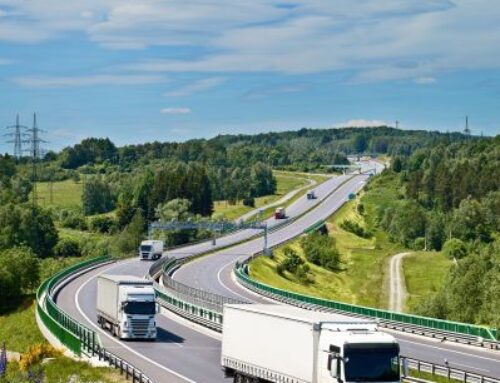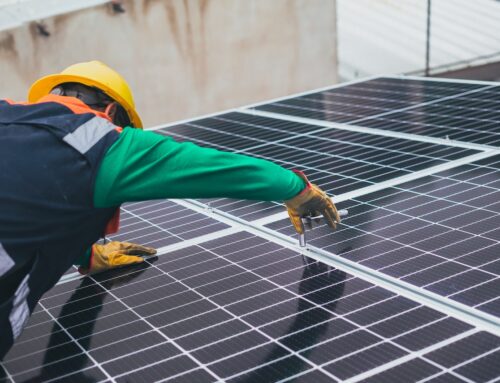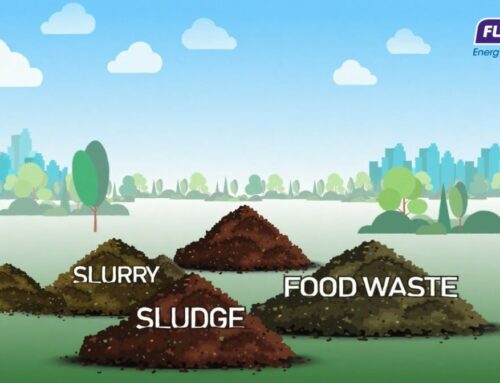With current power prices still high, large energy users are examining where do they find value in the energy market to reduce costs and reduce their carbon footprint?
One of the key areas to reduce costs is to focus on where you can use less energy. Energy efficiency projects should be part of your first steps in energy cost reduction. Areas to focus on should include lighting, production processes, and more efficient equipment, and where possible on-site generation.
Furthermore, with many businesses looking at alternative cleaner, greener ways to grow sustainably, there has never been a more cost-effective, simple way to reduce your energy costs and your company’s carbon footprint. This can be done by building a renewable energy source on-site, which is the optimal option to offset your energy procurement requirements from both business and sustainability perspectives.
The initial cost of installing the infrastructure is recovered over time through a considerable reduction in energy costs, and completely avoiding the costs associated with getting power to your premises as transmitting & distributing market operator costs, taxes and levies. The electricity generated on-site is used to power your premises in combination with grid supply.
One such renewable energy source is Solar PV a technology that has been well established and has specific advantages. These can be roof-mounted or land-mounted installations. Once installed, its operation generates no pollution and no greenhouse gas emissions; it is scalable and predictable in terms of power generation. With the cost of Solar PV reducing over the last number of years, it makes sense for organisations to generate their electricity for behind-the-meter use. This ensures that they reduce their grid energy bills and are making a real difference to carbon reduction and sustainability. Payback periods for investing in on-site Solar PV generation can now be at 5 – 6 years, which is well down on 10 – 15 years payback not too long ago.
Installing wind turbines can also act as an additional income stream for businesses. The electricity generated on-site is used to power your own premises first and any excess power is exported to the grid creating an alternative income for businesses.
Ireland is now at an important transition point and businesses should be planning their future energy goals and targets to become more energy-efficient and sustainable. The earlier this is done the more beneficial this will be for businesses.
Contact Flogas Enterprise to see how we can help you with your energy costs and sustainable journey by email: Barry.murphy@flogas.ie


